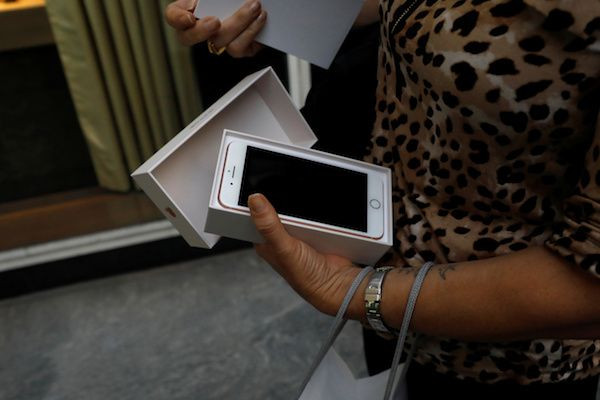iOS 11.3 Issues: Update Breaks iPhone 8 With Third-Party Repaired Screens

Some iPhone 8 users are now regretting updating their handsets to the latest iOS 11 version. Apparently, the update destroys iPhone 8 handsets with screens repaired by third-party shops.
Motherboard reported Tuesday that some iPhone 8 owners got a rude awakening after installing iOS 11.3 on their devices. The latest version of iOS 11 caused iPhone 8 handsets with repaired screens to lose touch functionality. This means the screen continues to display the homescreen, but users are unable to interact with the device.
The phones affected by the issue are those that were repaired by non-Apple third parties. The iPhone 8 handsets worked normally with the previous updates, so owners are attributing the problem to iOS 11.3. Owners of the broken devices have tried to have them repaired. One repair shop told the site that more than 2,000 phones were affected by the software update.
“This has caused my company over 2,000 reshipments,” repair shop Injured Gadgets chief Aakshay Kripalani said. “Customers are annoyed and it seems like Apple is doing this to prevent customers from doing third-party repair.”
Apple Insider says it isn’t clear if Apple really intended iOS 11.3 to disable the touch functionality of screens that were repaired by non-Apple shops, or if this is just pure accidental. It’s also not clear if the Cupertino giant is working on a software update to address the problem. Apple is keeping mum on the issue.
This isn’t the first time that a software update rendered a third-party repaired iPhone unusable. A similar thing happened to the iPhone 7 last year. Apple also rolled out an iOS update that disabled the touch functionality of the display of handsets repaired by non-Apple service centers. At the time, Apple released a follow-up update to fix the problem, as pointed out by The Guardian.
In 2016, a software update also bricked iPhones that were serviced by independent repair shops. The problem stemmed from home buttons that were replaced by third-party repair centers. The update prompted consumers to sue Apple over the so-called “Error 53” issue. Apple later apologized and issued a fix for the problem.
© Copyright IBTimes 2024. All rights reserved.



















